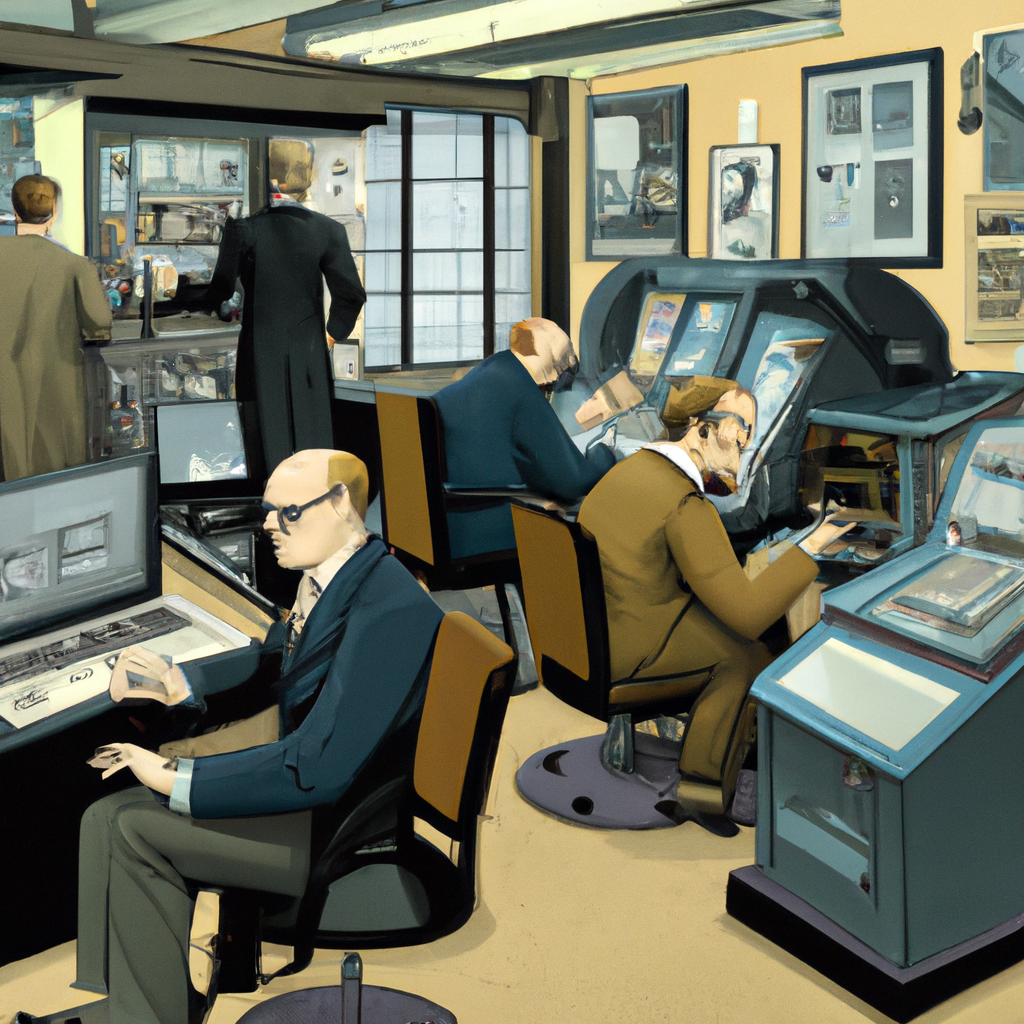Pioneers of Digital Revolution: How Early Computers Shaped Modern Tech
As we navigate through 2025, it’s crucial to look back at the monumental strides in technology that have shaped our current landscape. This post delves into the fascinating history of early computers and their profound impact on modern technology.
The Dawn of Computing
The journey into the digital age began with machines like the ENIAC, the first electronic general-purpose computer. Developed in the 1940s, ENIAC’s creation marked a pivotal moment in tech history, illustrating the potential of electronic computing.
Innovations That Followed
Post-ENIAC, the 1950s and 60s saw the emergence of transistors and microprocessors, which revolutionized computing by making devices smaller, faster, and more reliable. This era also witnessed the birth of programming languages that laid the groundwork for software development.
The Personal Computer Revolution
The 1970s and 80s were defined by the advent of personal computers (PCs). Pioneers like Apple and IBM introduced devices that brought computing power to the masses, altering how society interacts with technology.
Impact on Modern Technology
Today, the legacies of these early innovations are evident in everything from smartphones to cloud computing. The foundational technologies developed during the early days of computing have enabled advancements that many could not have envisioned.
Looking Forward
As we continue to advance, understanding our digital heritage is key to navigating future innovations. The pioneers of the digital revolution set the stage for a world where technology is intertwined with every aspect of our lives.






